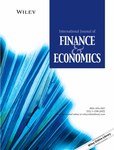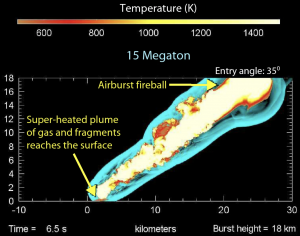Two journals have dismissed allegations of research misconduct leveled against a political scientist at Harvard in an anonymous memo that labeled his work “pseudoscience.”
The 2018 memo signed by “Social Scientists for Research Integrity” – which does not have an internet presence that we could find – makes claims of academic misconduct against Ryan Enos, who denies any wrongdoing. The journals that published two of Enos’ papers singled out in the memo decided to let the articles stand after investigating the charges. A committee at Harvard University, where Enos is a professor of government and director of the Center for American Political Studies, also reviewed the claims and dismissed them.
The allegations primarily concerned purported manipulation of data in Enos’ 2015 article, “What the Demolition of Public Housing Teaches Us about the Impact of Racial Threat on Political Behavior,” published in the American Journal of Political Science (AJPS). The paper has been cited 120 times, according to Clarivate’s Web of Science.
Continue reading Journals dismiss claims that Harvard researcher’s work on race is ‘pseudoscience’






